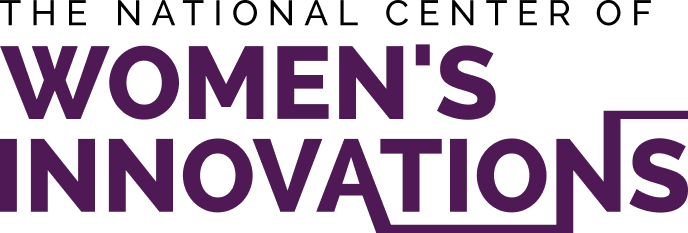Amazing Grace” taught computers how to talk
Grace Hopper is best known for her trailblazing contributions to computer programming, software development, and the design and implementation of programming languages. She graduated Phi Beta Kappa from Vassar College in 1928 with a degree in mathematics and physics; during a sabbatical year, she studied with the renowned mathematician Richard Courant at New York University. She subsequently obtained master’s and Ph.D. degrees from Yale University, both in mathematics. A maverick and true innovator, she enjoyed a long and influential career in the US Navy and the computer industry.
Hopper’s Navy career began with the bombing of Pearl Harbor and the entry of the United States into World War II. In December 1943, she took a leave of absence from her position as associate professor at Vassar to join the US Naval (Women’s) Reserve. Initially assigned to the Bureau of Ships Computation Project at Harvard, she joined a team working on the IBM Automatic Sequence Controlled Calculator, better known as the MARK I, the country’s first electromechanical computer. The group worked on top-secret calculations essential to the war effort –computing rocket trajectories, creating range tables for new anti-aircraft guns and calibrating minesweepers. One of the first three “coders” (aka programmers), Hopper also wrote the user manual for the MARK I.
After the war ended, Hopper turned down a full professorship at Vassar to continue her work with computers. In 1946, she left active service when the Navy declined her request for a regular commission due to her age, but she remained a naval reservist. From 1946 to 1949, she continued to work on the MARK II and MARK III computers under Navy contracts. At the end of her three-year term as a research fellow, she left Harvard because there were no permanent positions for women.
In 1949, she joined the Eckert-Mauchly Computer Corporation in Philadelphia as a senior mathematician. The company (later Remington Rand, then Sperry Rand) was developing the Universal Automatic Computer (UNIVAC I), the first commercial electronic computer. There she pioneered the idea of automatic programming and explored new ways to use the computer to code. In 1952, she developed the first compiler, called A-O, which translated mathematical code into machine-readable code, a vital step in creating modern programming languages.
In 1953 Hopper proposed the idea of writing programs in words rather than symbols. Her work ultimately resulted in FLOW-MATIC, which used regular English words and was designed for data processing purposes. She also demonstrated how programs could be written in word-based languages other than English. Today she is recognized for her role in designing COBOL – “common business-oriented language” – which by the 1970s was the most extensively used computer language in the world. She retired from UNIVAC, a division of Sperry Rand, in 1971.
A gifted teacher, in the 1960s and 70s Hopper taught and lectured at Penn, George Washington, and the US Naval Reserve. She also organized a vast number of workshops and conferences to promote the understanding of computers and programming. “If you ask me what accomplishment I’m most proud of, the answer would be all the young people I’ve trained over the years,” she once said. Until the end of her life, she looked forward with confidence to new technologies and their problem-solving capabilities.
In 1966, age restrictions forced her to retire as a reservist commander. Just months later, however, she was recalled to active service to help standardize the Navy’s multiple computer languages and programs. Nicknamed “Amazing Grace” by her subordinates, Hopper remained on active duty for 19 years. She retired from the Navy as a rear admiral at the age of 79—the oldest serving officer in the US armed forces. That same year she went to work as a senior consultant in public relations at the Digital Equipment Corporation, where she worked until her death in 1992. Hopper was buried with full military honors in Arlington National Cemetery.
Grace Hopper came of age at a time when a relatively high number of women were receiving doctorates –numbers that would not be matched again until the 1980s. The war also created opportunities for women to enter the workforce in greater numbers. Nevertheless, her success in a male-dominated field and in male-dominated organizations such as the US Navy, was exceptional.
Awards and Accolades
· National Medal of Technology, 1991 (first woman)
· Presidential Medal of Freedom, 2016 (posthumous)
· More than 40 honorary degrees
· Scholarships, professorships, awards and conferences named in her honor
· Distinguished Fellow of the British Computer Society, 1973 (first woman, first American)
· USS Hopper commissioned in her name by the Navy, 1996 *NCWI is indebted to Yale University for the content of this biography.
*NCWI is indebted to Yale University for the content of this biography.

